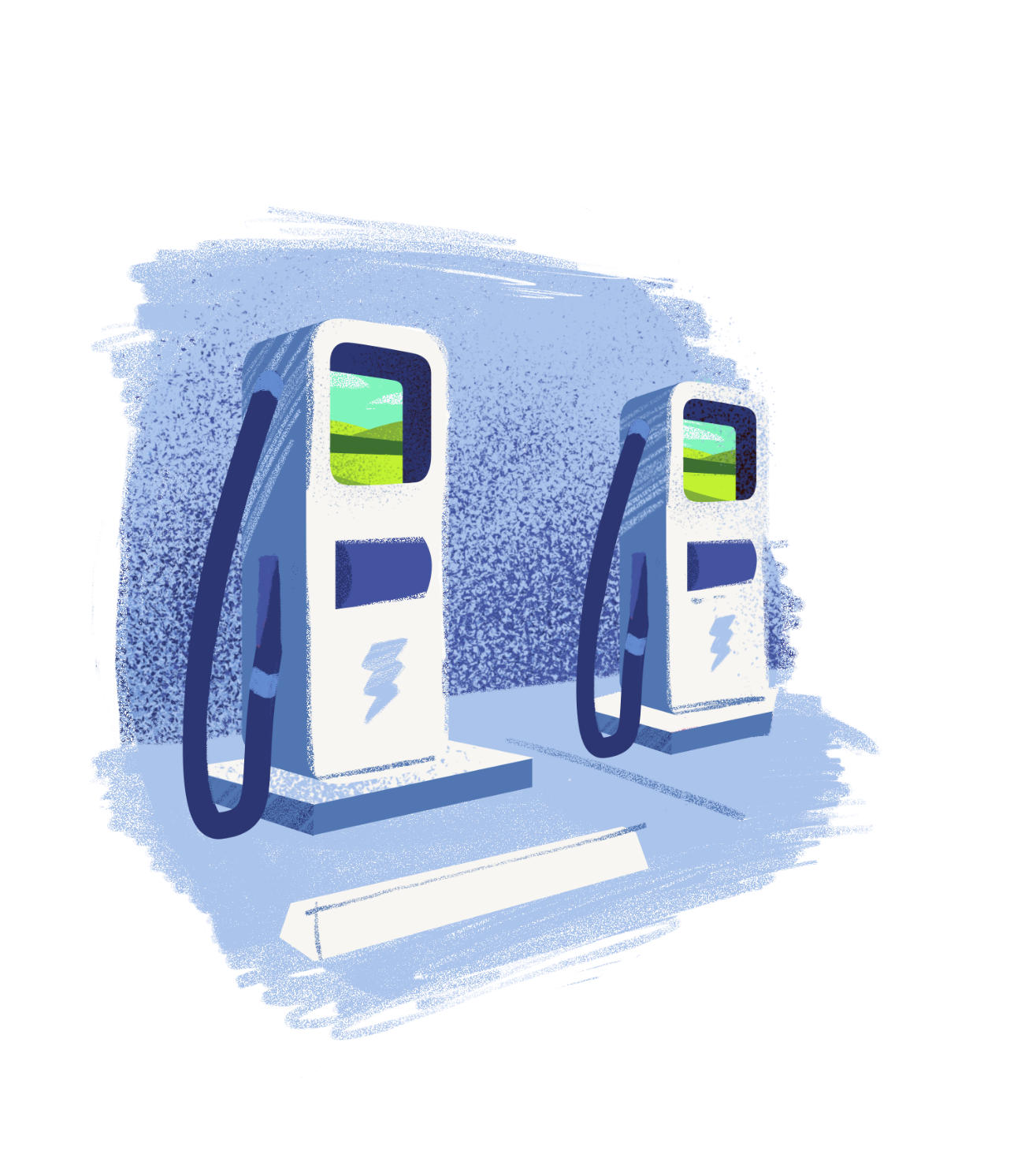Due to the restrictions on travel in response to the COVID-19 pandemic, after years of increases in the total number of vehicles registered and vehicle miles traveled (VMT), both figures dropped by 5.9 percent and 12 percent from 2019 to 2020 (the latest year for which data for both categories are available), respectively.
From 2019 to 2020, VMT per registered vehicle experienced the largest decline of 6.6 percent (or 712 miles) to 10,125 miles since 2000. Overall, VMT per registered vehicle has been on a sustained downward trend since 2000, due to the number of vehicles registered far outpacing both population growth and VMT.
In 2021, vehicle ownership rate was 78.4 per 100 persons, up from 74.7 in 2020.
In 2021, ZEVs and hybrid electric vehicles (HEVs) accounted for 2.1 and 3.3 vehicles per 100 persons, respectively, up slightly compared to 2020.
Compared to 2020, total new vehicle registration increased 13.3 percent in 2021. Both car and light trucks sales increased after the previous year’s decline during the pandemic.down 4.8 percent.
In 2021, consumer preferences in terms of light vehicle registrations continued to shift towards pickup trucks, mini-vans, and SUVS, as the light-truck sales (+16.6%) increase was slightly more than double the car sales (+7.1%). Electric vehicle sales (all classes) are up 79 percent in 2021 compared to 2020 (when it fell by 16.5% compared to 2019), of which plug-in hybrid electric vehicle (PHEVs) sales recorded the largest increase of all vehicle types—up 96.7 percent from the previous year.

